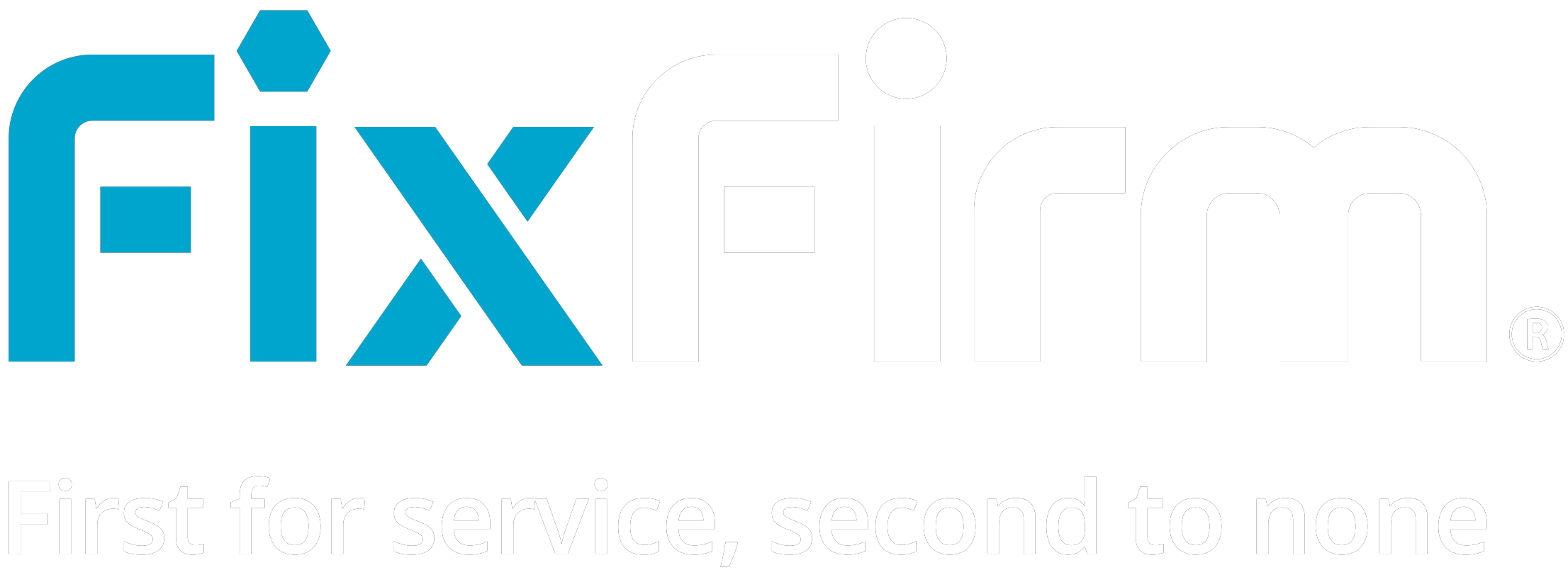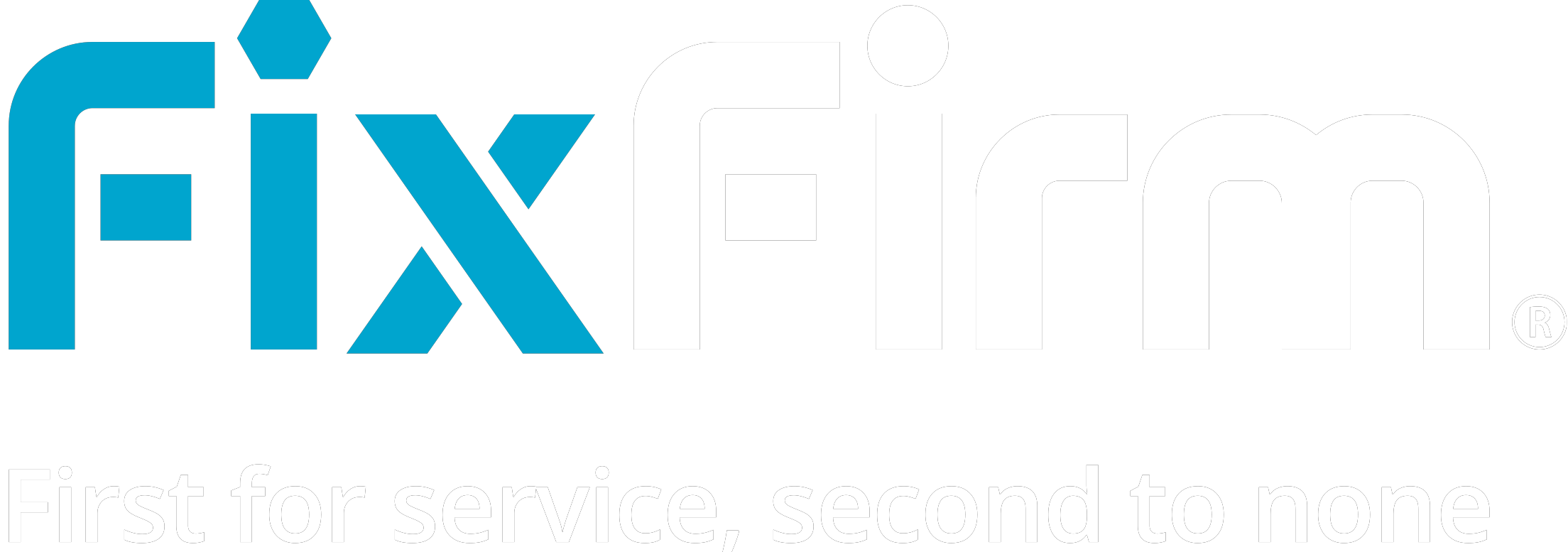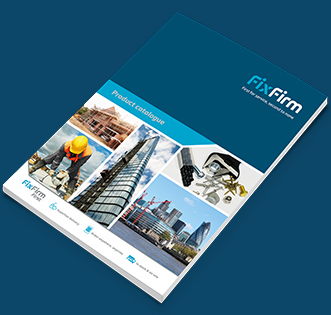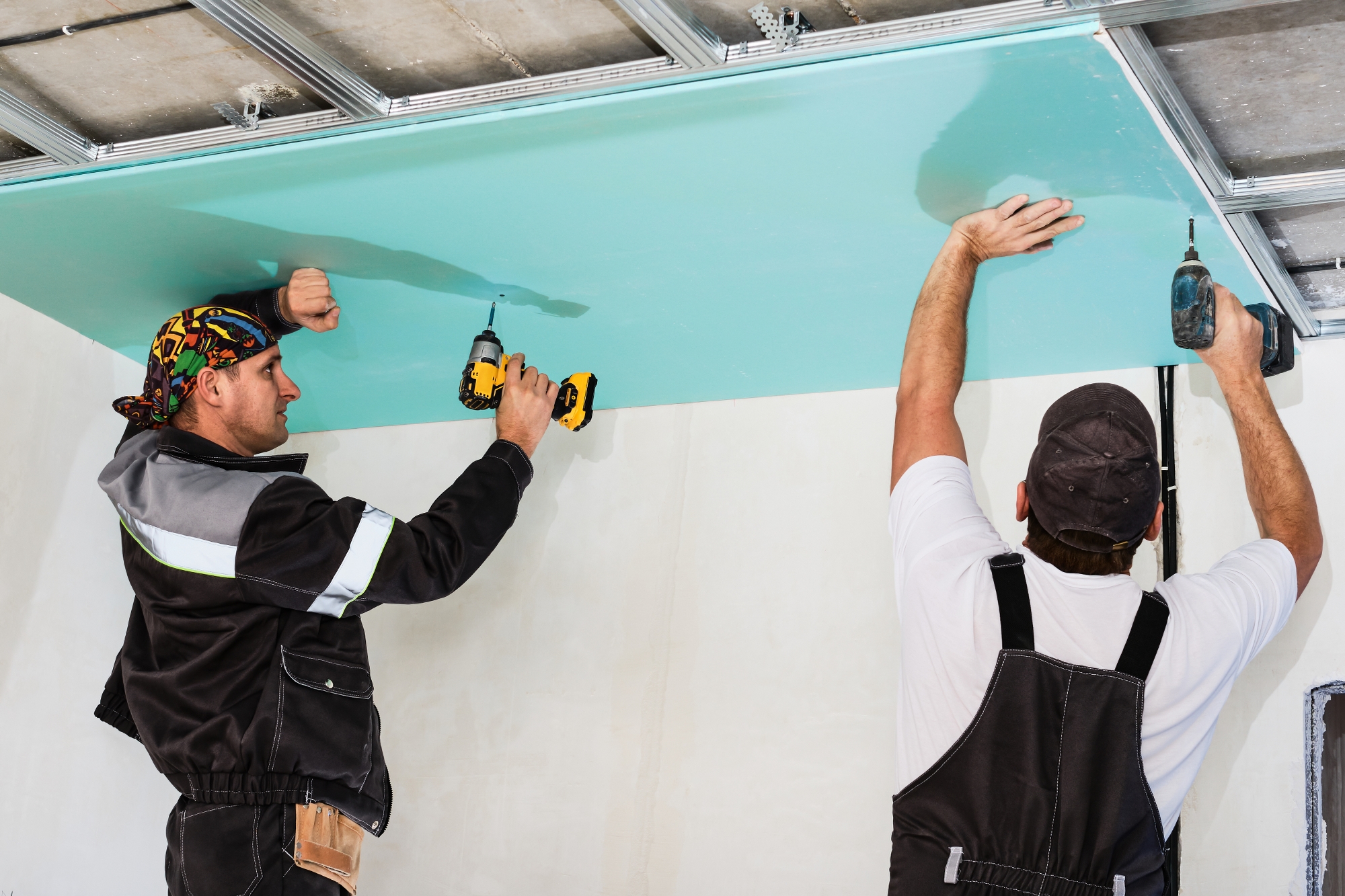
When it comes to DIY projects or professional installations, plasterboard is a common feature in homes and commercial buildings. Whether you’re hanging a heavy mirror, installing shelves, or mounting a TV, understanding plasterboard fixings is essential for ensuring a secure hold. Screwing into plasterboard isn't as straightforward as screwing into brick or wood, and without the right fixings, you risk damage or instability. At FixFirm, we specialise in providing high-end plasterboard fixings that give you the confidence to mount any item securely.
Here’s what you need to know about using plasterboard fixings and how to choose the best ones for your project.
1. Why Plasterboard Requires Special Fixings
Plasterboard is a relatively lightweight material, which is why standard screws and nails won’t hold well. Plasterboard is typically attached to a stud frame, leaving hollow sections between the plasterboard and the wall behind. When you’re not screwing into a stud, these hollow sections can make it difficult to anchor heavy items securely.
Without proper plasterboard fixings, your items could pull out of the wall, causing damage to both the wall and the object you’re hanging. Plasterboard fixings, designed specifically for this type of material, spread the load and create a secure anchor within the wall.
2. Types of Plasterboard Fixings
There are several types of plasterboard fixings available, each suited to different applications. Choosing the right one will depend on the weight of the object and whether you're mounting it to a solid wall or a hollow section. Here are the most common options:
· Self-Drill Plasterboard Fixings
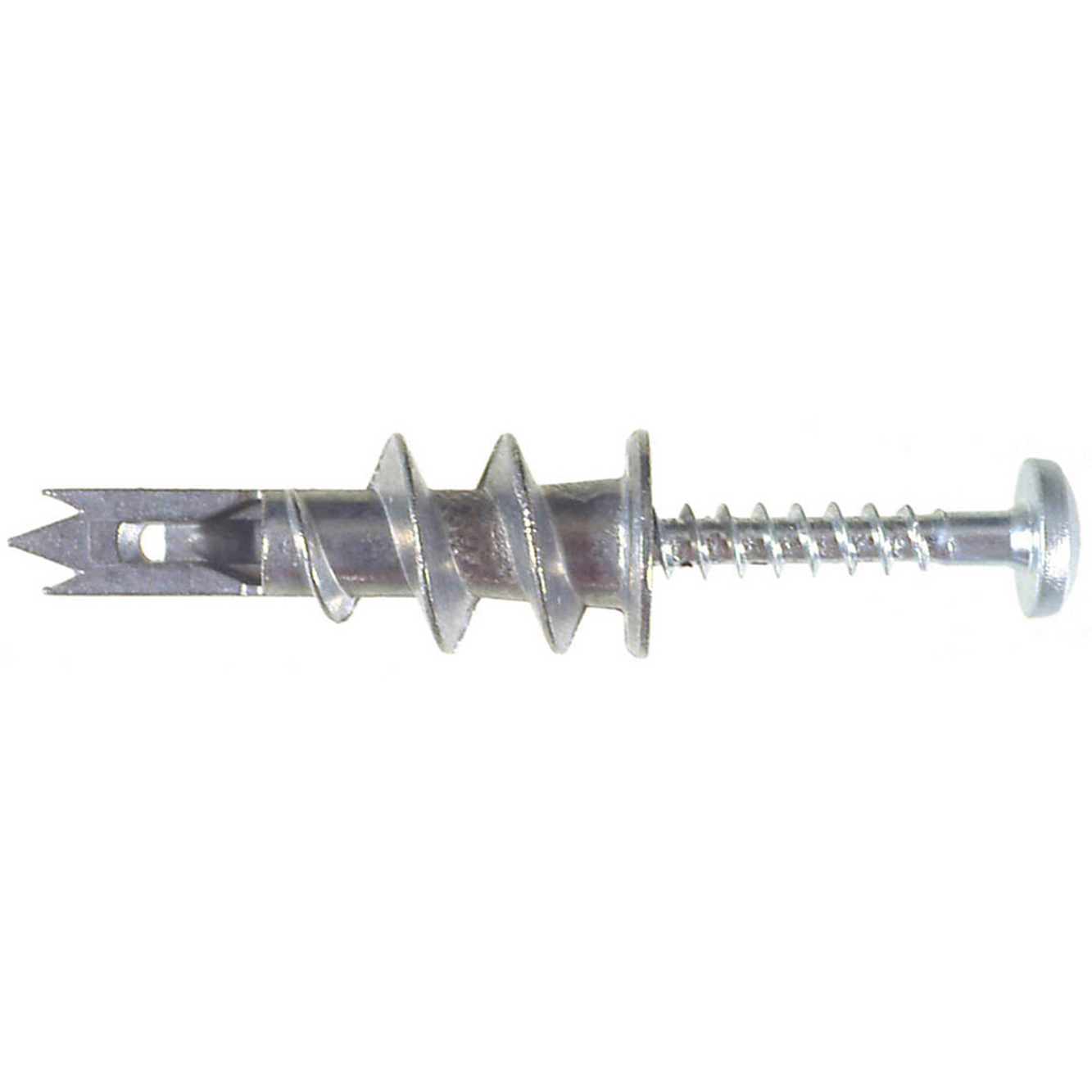
Self-drill fixings are great for lightweight items like picture frames, curtain poles, or small shelves. They don’t require pre-drilling, as the fixings themselves are designed to screw directly into the plasterboard, making them a quick and easy solution.
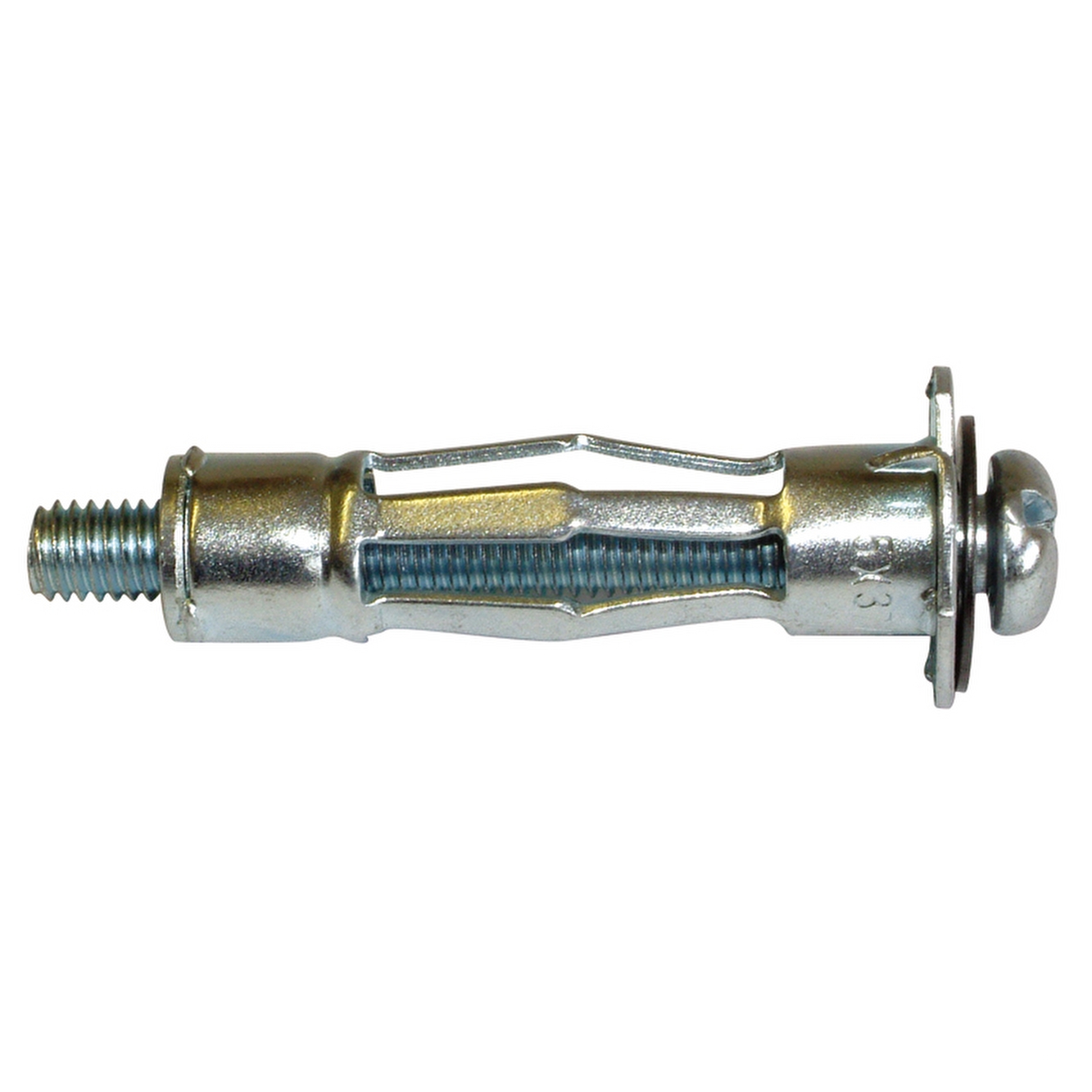
For heavier items such as cabinets, large mirrors, or TVs, cavity wall anchors (also known as hollow wall anchors or Molly bolts) are an excellent choice. These fixings expand behind the plasterboard once they’re inserted, providing a strong grip on the inside of the wall. This makes them perfect for hollow sections where there is no stud.
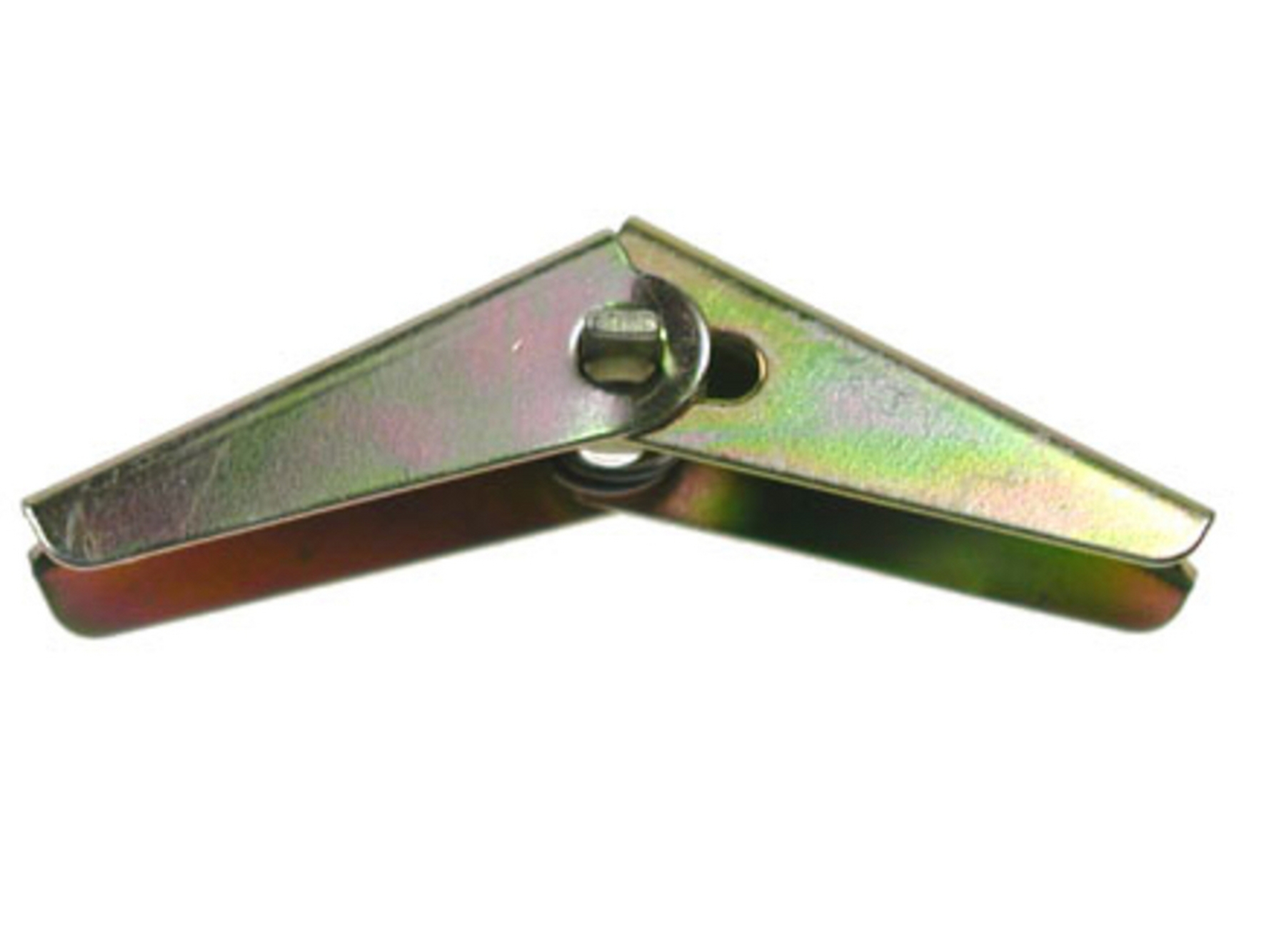
Toggle bolts are another great solution for securing heavy objects to plasterboard. They feature a spring-loaded wing that opens up behind the plasterboard, creating a secure hold. These are especially useful when mounting items on the ceiling or when there’s no easy access to a stud.
%20Medium%20Poly%20Toggles%20for%2010-13mm%20board_1333x1333.jpg)
If you’re hanging lightweight objects and prefer a simpler solution, plastic expansion fixings work well. These require pre-drilling, and once the screw is inserted, the plastic expands to hold the fixing in place. However, they are generally not suitable for heavy-duty items.
3. Screwing into Plasterboard: Best Practices
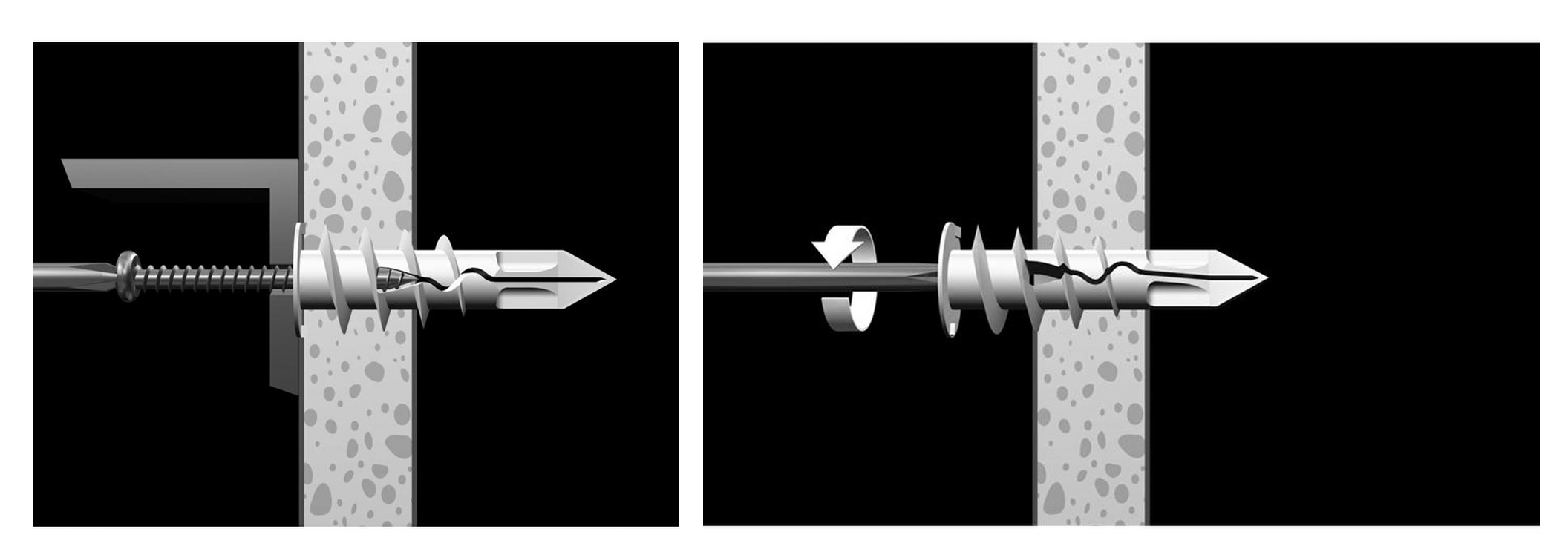
When screwing into plasterboard, it's important to use the right technique and tools to avoid damaging the wall or compromising the fixing. Here are a few key tips to keep in mind:
· Check for Studs
Whenever possible, try to locate studs behind the plasterboard. Screwing directly into a stud provides the most secure option for heavy items. Use a stud finder to locate them and plan your fixing points accordingly.
· Don’t Over-Tighten
It’s easy to over-tighten screws when working with plasterboard, but this can weaken the fixing. Tighten the screw just enough to secure the object without damaging the plasterboard.
· Use a Pilot Hole for Certain Fixings
For fixings like cavity wall anchors or plastic expansion plugs, always drill a pilot hole before inserting the fixing. This ensures you don’t crack the plasterboard and that the fixing sits securely in the wall.
· Consider Load Capacity
Each type of fixing has a load capacity. Before you start screwing into plasterboard, make sure your chosen fixing can handle the weight of the object you’re installing. Overloading a fixing can lead to disastrous results, including the fixing pulling out of the wall.
4. Common Mistakes to Avoid
While plasterboard fixings are designed to make installations easier, it’s easy to run into problems if you’re not careful. Here are some common mistakes to avoid:
- Using the Wrong Fixing for the Job: It’s tempting to use any screw or nail you have on hand, but plasterboard requires specific types of fixings to ensure a solid hold.
- Mounting Heavy Objects Without Stud Support: If you’re installing a very heavy object, like a large TV, always aim to screw into a stud or use heavy-duty fixings like toggle bolts or cavity wall anchors.
- Ignoring Load Recommendations: Fixings have load capacities for a reason. Always check the weight limit of your fixing to avoid it failing.
5. Why Quality Matters: FixFirm’s Range of Plasterboard Fixings
When it comes to securing items to plasterboard, the quality of your fixings makes all the difference. At FixFirm, we offer a wide range of high-quality plasterboard fixings designed for different weight capacities and applications. Whether you need a simple self-drill fixing for a lightweight frame or heavy-duty cavity wall anchors for securing furniture, we’ve got the perfect product for you.
Our plasterboard fixings are durable, reliable, and easy to use, giving you the confidence to complete your project with ease. Plus, with our extensive product range, you’ll find the right tools and accessories for any installation job.
Understanding plasterboard fixings is essential for anyone working with plasterboard, whether you’re a DIY enthusiast or a professional installer. From selecting the right type of fixing to following best practices, the right knowledge and tools will ensure your project is secure and long-lasting.
At FixFirm, we’re here to provide you with top-quality plasterboard fixings to help you get the job done right. Browse our selection today and find the perfect fixings for your next project.
For more expert advice and to view our full range of plasterboard fixings, visit FixFirm.
BACK TO ARTICLES
